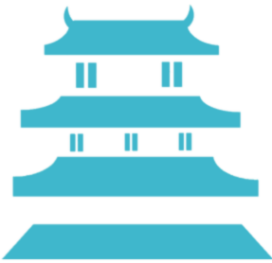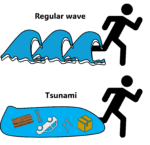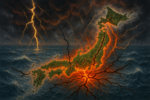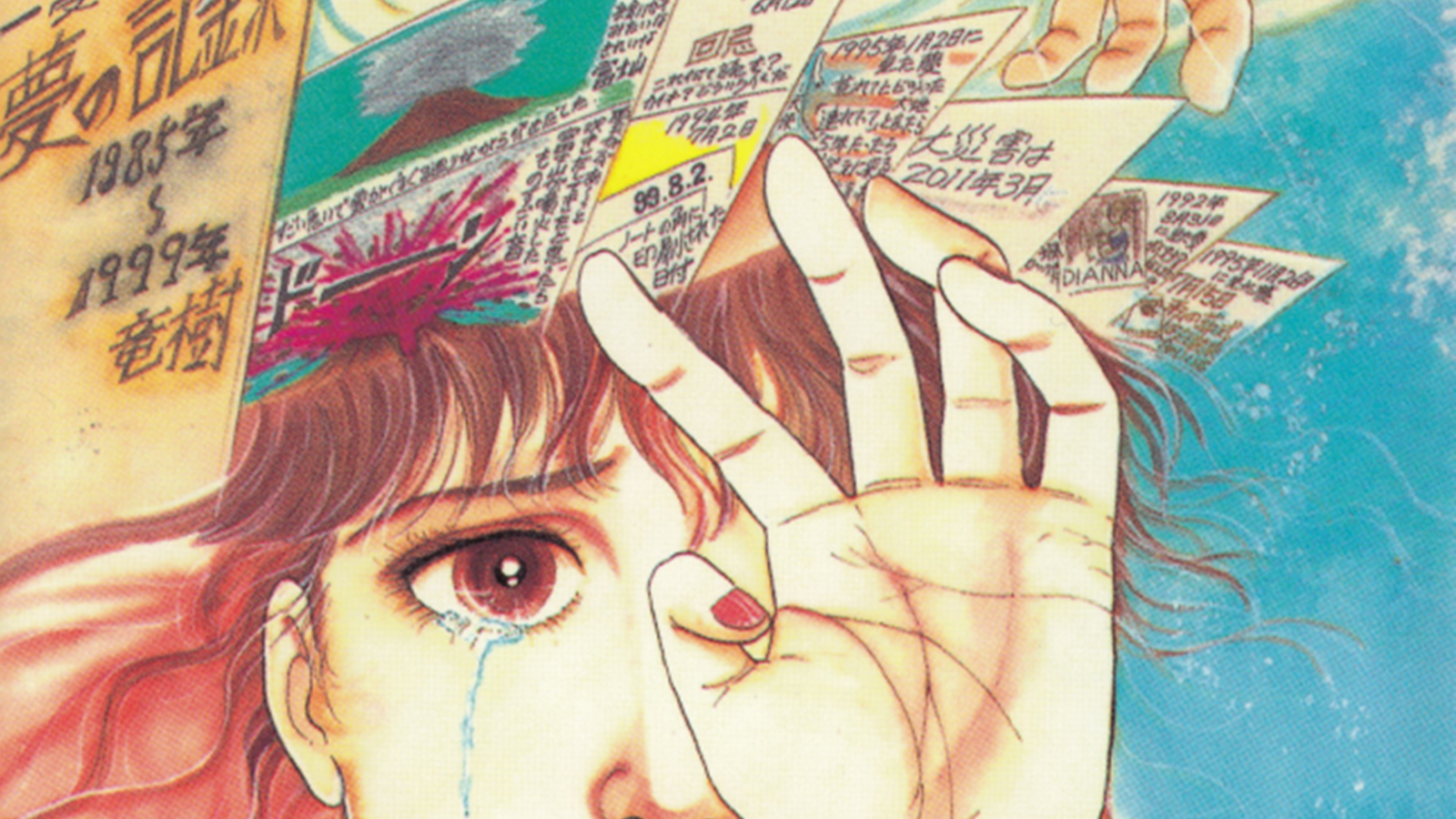
A Massive Earthquake Will Strike in July 2025?
Let’s Examine the Predictions in the Viral Manga “The Future I Saw (私が見た未来)”
“A major earthquake will occur in July 2025.”
This kind of claim has been spreading online.

Is It Based on a Manga Artist’s Prediction?
This rumor originates from a manga titled The Future I Saw: Complete Edition by artist Ryo Tatsuki. Tatsuki kept a “dream diary,” recording her dreams. In 1999, she published a comic book based on those dreams, titled The Future I Saw.
On the cover of the book, the words “A great disaster will occur in March 2011” were written. After the Great East Japan Earthquake actually occurred in that month, many began to say she had predicted it.
In the “Complete Edition” released in 2021, a new prophecy was added:
“The real catastrophe will come in July 2025.”
This sparked renewed attention, especially on social media.
In this article, we’ll investigate the now-famous prediction.
The Manga That Predicted the 2011 Earthquake Over a Decade in Advance
There is a manga that became famous for predicting the Great East Japan Earthquake back in 1999.
It’s titled The Future I Saw (Asahi Sonorama).
Take a look at the cover of this comic.
It clearly states: “A great disaster will occur in March 2011.”
This prediction was written by the author, Ryo Tatsuki.
She claims that she can see the future through dreams—what are known in Japanese as “precognitive dreams” (予知夢 / yochimu).
She is said to have accurately predicted the following events:
- The death of Queen’s lead singer Freddie Mercury (November 24, 1991)
- The death of Japanese singer Yutaka Ozaki (April 25, 1992)
- The Great Hanshin-Awaji Earthquake (January 17, 1995)
- The death of Princess Diana (August 31, 1997)
- The Great East Japan Earthquake (March 11, 2011)
- The outbreak of the COVID-19 pandemic (2020)
As you can see, she has supposedly predicted numerous disasters and celebrity deaths.
According to Tatsuki, her precognitive dreams are meant as warnings—to help people avoid future catastrophes.
Unfortunately, none of her warnings have prevented these events from happening.
Still, she has made another prediction:
A disaster even greater than the 2011 earthquake will strike Japan in July 2025.
This time, we should take her warning seriously and prepare for what may come.
Unraveling the Mystery
There is some complexity surrounding The Future I Saw, so let’s clear it up.
After the 2011 earthquake, this manga gained fame online as a “prophetic book.”
A person claiming to be “Ryo Tatsuki” began appearing on anonymous forums and Twitter, sharing predictions.
Soon, YouTube channels, occult websites, and magazines picked up the story. Interest in the book surged.
By 2021, original copies of The Future I Saw were selling for over 200,000 yen (more than $1,800) on the secondhand market.
However, in June 2021, it was revealed that the person claiming to be “Ryo Tatsuki” was a complete impostor.
YouTube channels, occult sites, and magazines that had believed and published this fake person’s content were forced to issue public apologies.
The reprint of The Future I Saw—scheduled to be published by a new publisher in July 2021—was also delayed because of the controversy.
But there was a silver lining: the real author, Ryo Tatsuki, was located during this time.
In October of the same year, The Future I Saw: Complete Edition (published by Asuka Shinsha) was finally released, now including Tatsuki’s own explanations of her precognitive dreams.
This new edition became a bestseller, selling 400,000 copies in just one and a half months.
In this article, we’ll analyze both The Future I Saw: Complete Edition (Asuka Shinsha) and the original The Future I Saw (Asahi Sonorama), and investigate the truth behind these predictions.
Yutaka Ozaki and the COVID-19 Prediction
Let’s start with the content of the original 1999 edition.
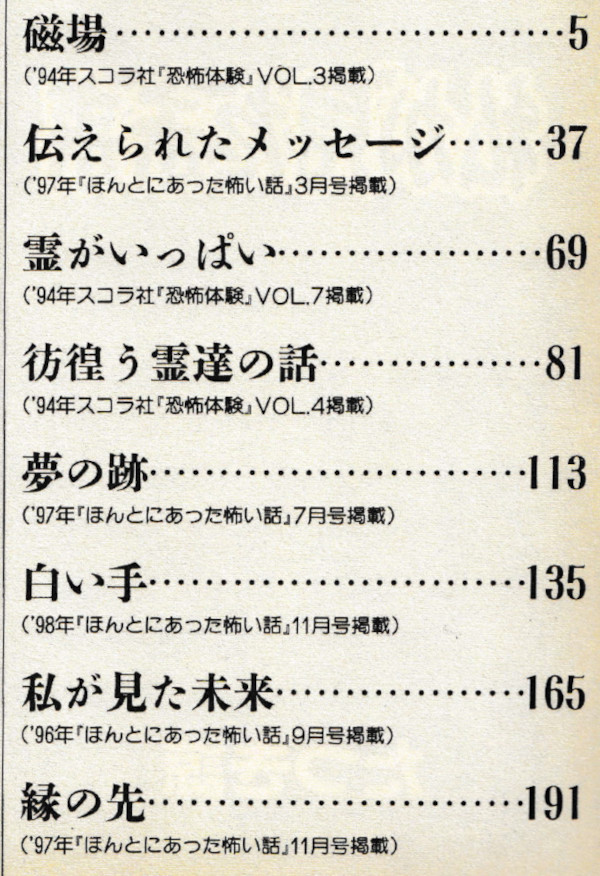
The only part of the book that deals with precognitive dreams is the short manga “The Future I Saw (私が見た未来),” which runs from pages 165 to 190.
(This manga is also the source of the book’s title.)
The only element related to prophecy is the cover; none of the interior pages contain other predictions.
You may find this surprisingly little. So did I.
In fact, some of the so-called “legendary” predictions—like those about Yutaka Ozaki or COVID-19—do not appear in the original edition at all.
These were fabricated after the fact by the impostor mentioned earlier.
The Great Hanshin-Awaji Earthquake Prediction
What about the other predictions?
According to some interpretations online, the Great Hanshin-Awaji Earthquake was predicted on the original cover.
Let’s take a closer look.
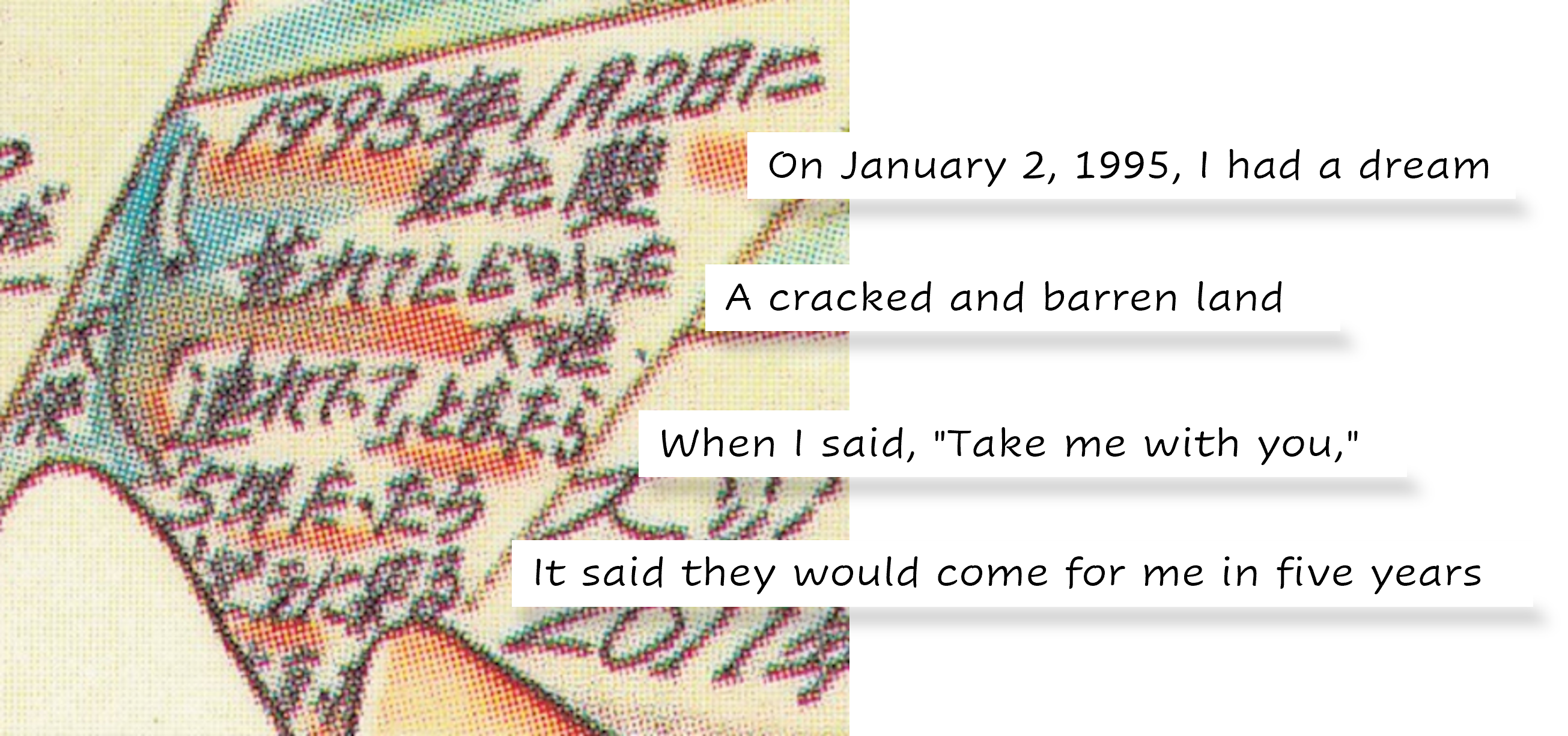
The earthquake occurred on January 17, 1995. The cover mentions the date “January 2, 1995.”
If you shift that by 15 days and interpret the phrase “a cracked, desolate earth” as a post-earthquake scene, you could say the prediction was correct.
But hold on.
What about the nearby text that says, “When I said, ‘Take me with you,’ they replied, ‘I’ll come for you in five years’”?
And what about the drawing of an “angel”?
There is no mention of a location, no direct mention of an earthquake, and the date is listed as the day the dream was seen, not when a disaster would occur.
The writing is so tiny that it requires a magnifying glass to read.
Can this really be considered a valid disaster prediction?
Interestingly, the “five years later” date would be January 2, 2000—right after the end of 1999, which was widely seen as the end of the century.
Given the barren landscape and the angel imagery, some might associate this with the apocalyptic imagery of a Christian-style end-of-the-world event—like Armageddon.
But, of course, nothing like that happened.
Perhaps that’s why some people later associated it with the Hanshin-Awaji Earthquake instead.
In The Future I Saw: Complete Edition, Tatsuki explains that the “five years later” was actually meant to symbolize the end of her role (to warn humanity), and that year is 2025.
Princess Diana’s Prediction
Now let’s examine the claim that she predicted Princess Diana’s death.
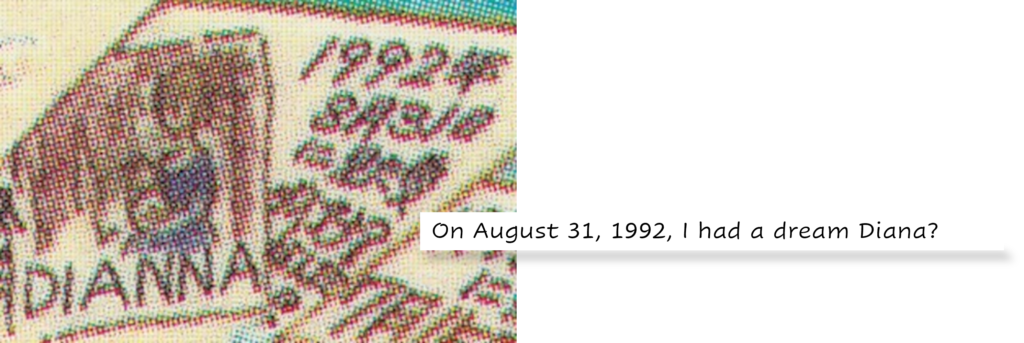
On the cover, there is a drawing of a woman holding a baby, the word “DIANNA,” and the note: “A dream I saw on August 31, 1992. Diana?”
Princess Diana died on August 31, 1997—exactly five years later.
So, since the name and date match, some claim this is a prediction of her death.
But again—hold on.
Is it acceptable for the prediction to be off by five years?
There’s no reference to death or any tragic event.
If we accept this as a valid prediction, then any event involving Diana in August or September of any year could be made to “fit.”
In fact, in 1997, Diana’s possible remarriage was a hot topic.
If she had remarried in August or September instead of dying, would that still be considered a “hit”?y shopping in Japan!
The Freddie Mercury “Prediction”
Now, let’s look into the claim that she predicted the death of Queen’s Freddie Mercury.
On the cover, you can find a panel labeled “November 24, 1990” (the date of the dream), with the message:
“Freddie, don’t die.”
However, the real Freddie Mercury passed away on November 24, 1991—exactly one year after the dream.
So, some people see this as a successful prediction.
But just like with Princess Diana, is a one-year discrepancy still acceptable for a prophecy?
The message is vague and could apply to any illness or concern, especially since Freddie’s health was already being discussed publicly around that time.
It’s difficult to say this was an accurate or specific prediction of his death.
The Great East Japan Earthquake Prediction
Lastly, let’s talk about the most famous prediction—the Great East Japan Earthquake.
This prophecy appears on the cover of the first edition of The Future I Saw.
At first glance, it seems like an accurate hit. But when you look more closely, there’s very little information.
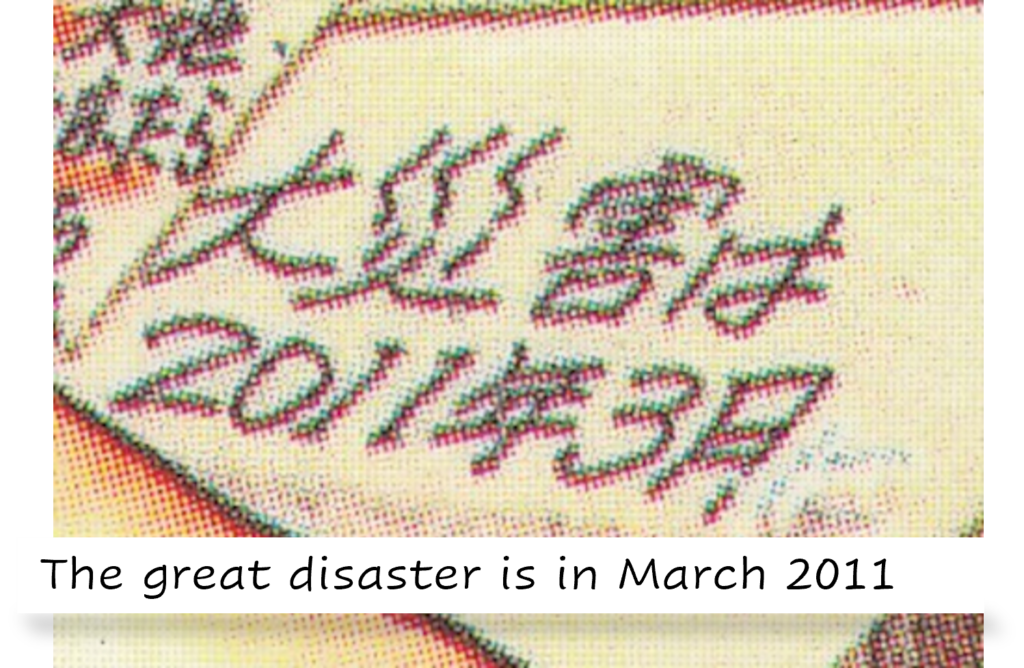
Curious to see how it was depicted in the main part of the manga, I flipped through the pages…
And found nothing.
Seriously—this supposed prediction of the 2011 earthquake doesn’t appear anywhere in the actual story.
The only mention is the 11-character phrase on the cover: “A disaster will happen in March 2011.”
According to the explanation in the Complete Edition, the date “March 2011” came to Ryo Tatsuki in a dream on the deadline day for the first edition.
It was such a sudden and vivid dream that she added the date to the cover at the last minute.
However, it seems that the dream was not detailed enough to turn into a proper manga story.
Even in the Complete Edition, published 22 years later, there is no manga based on the dream, nor is the original dream journal entry included.
In the end, there’s just too little information to treat it as a solid prediction. It could easily have been a lucky guess.
After all, in the Complete Edition, Tatsuki introduces two thick notebooks (totaling nearly 10 cm in height) filled with dream records from 1985 to 2004.
And yet, only a handful of those dreams are considered “hits.”
Given the sheer volume of dreams she recorded, the fact that only a few came true suggests that most of them did not.
What About the July 2025 Prediction?
First of all, the most prominent prophecy on the cover of the first edition of “The Future I Saw” is the depiction of the eruption of Mount Fuji.
On the cover, it says, “A dream I saw on August 20, 1991,” “A beautiful Mount Fuji like a postcard,” “The clouds swirled very fast and burst out,” “I thought the clouds blew out with a big ‘buaa~’ and then Mount Fuji erupted with a tremendous sound,” “Boom.”
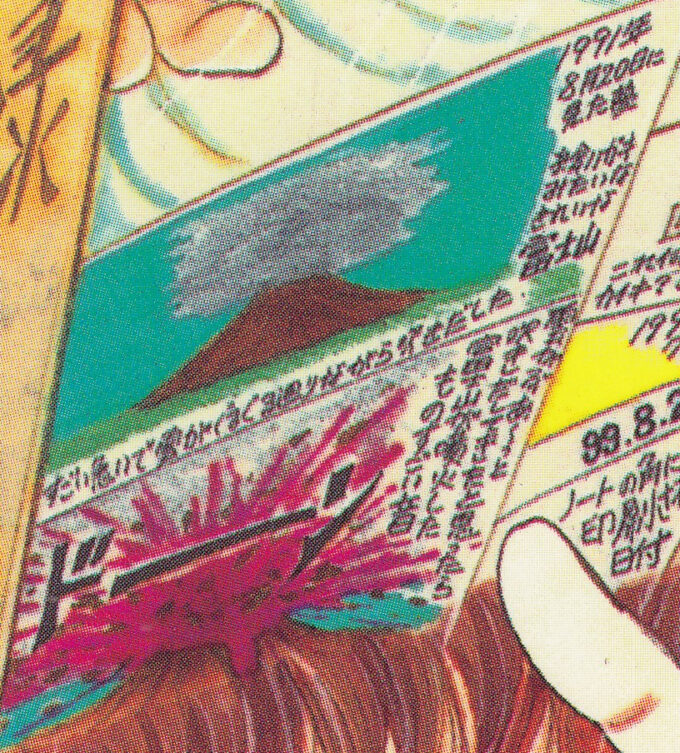
However, as you know, Mount Fuji has not erupted. In other words, this prophecy was wrong.
In August 2021, 30 years after 1991, there was a commotion that this Mount Fuji eruption prophecy might come true after a 30-year delay, but ultimately it did not happen. Also, according to the author’s commentary in the complete edition of “The Future I Saw,” in dream interpretation, “eruption” can also be interpreted as “world economic depression” or “pandemic.” If such an extreme interpretation is allowed, then anything might be possible.
By the way, on the cover of the first edition of “The Future I Saw,” besides the ones already mentioned, the following dates are also written:
- July 2, 1994
- June 12, 1995
- November 26, 1995
- August 2, 1999
- July 15, unknown year
Fortunately, no major disasters have occurred on these dates. However, just like before, the years and dates can be shifted.
For example, the year can be shifted by 5 years, 15 years, or 30 years, and the date can also be shifted by 4 days or 15 days, and this is considered acceptable…
Also, according to the complete edition of “The Future I Saw,” the latest warning prophecy by Tatsuki is a massive tsunami caused by an underwater volcanic eruption to occur in July 2025.
But even so, it can be shifted by 5 years, 15 years, or 30 years…
Isn’t it enough already?f disaster, or scale—are provided.
It’s just a general statement that “a big disaster” will happen in that month.
So Should We Believe It?
This is the question at the heart of the matter.
On one hand, Ryo Tatsuki claims to have accurately foreseen several major events, and her manga has gained a cult following because of that.
On the other hand, most of her so-called “predictions” are vague, open to interpretation, or only appear significant in hindsight.
They often lack dates, specific names, or clear context.
Also, many “predictions” attributed to her were actually created by someone else—an impersonator—and don’t appear in her original work.
Her most famous hit—predicting “a disaster in March 2011”—is indeed on the original cover, but it stands alone as her only clearly documented successful prediction before the fact.
Is one hit out of many enough to consider her truly prophetic?
Conclusion: Let’s Prepare—But Not Panic
Whether or not you believe in Ryo Tatsuki’s precognitive dreams, it’s undeniable that natural disasters can and do happen, especially in Japan, a country prone to earthquakes.
So perhaps the best takeaway is this:
Even if the “July 2025” prediction doesn’t come true, there is no harm in preparing emergency kits, checking your evacuation routes, and making sure your loved ones are safe.
Prophecies should never be a source of fear—but if they inspire readiness, then perhaps they’ve already served a purpose.
Alcoholic beverage Anime April Architecture August Autumn Building Capital Area Cherry blossom February Flower January Japanese food July Kinki kyoto Local ramen Manga March Nagoya Nature Nightlife Night view October Osaka Photogenic Pink Red Sakura September Shopping Shrine Souvenir Spring Station Summer Superb view Temple Tips Tohoku Tokai Tokyo Torii White Winter

